Rocket Lab cautiously optimistic about Neutron’s future in national security launch
Tuesday, 17 January 2023 22:23
Rocket Lab sees the U.S. military as a potential customer of the company’s future medium-lift rocket, Neutron
The post Rocket Lab cautiously optimistic about Neutron’s future in national security launch appeared first on SpaceNews.
Spanish startup to upgrade tiny satellites to take on global IoT market
Tuesday, 17 January 2023 20:30
Spanish startup Fossa Systems, which operates a constellation for connecting low-power monitoring devices, hopes to move pilot projects to full-blown commercial services this year by adding more capable satellites to its fleet.
Raytheon to develop planning software for military cargo missions that would fly on space rockets
Tuesday, 17 January 2023 19:27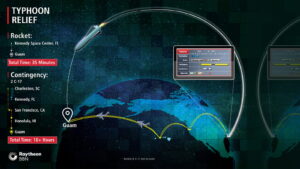
Raytheon won a $8.7 million contract to develop mission planning software for the U.S. Air Force rocket cargo program.
The post Raytheon to develop planning software for military cargo missions that would fly on space rockets appeared first on SpaceNews.
U.S. delivers first of two space sensors to be hosted on Japanese satellites
Tuesday, 17 January 2023 17:22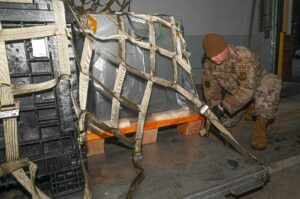
The U.S. Space Force announced Jan. 17 it has delivered the first of two space sensor payloads scheduled to fly on Japan’s navigation satellites.
The post U.S. delivers first of two space sensors to be hosted on Japanese satellites appeared first on SpaceNews.
Space Shuttle Columbia launched for the last time 20 years ago in mission that ended in tragedy
Tuesday, 17 January 2023 17:10
It was a cool Thursday morning in Cape Canaveral as the nation's first space shuttle was about to make its last ever trip into space.
Space Shuttle Columbia lifted off at 10:39 a.m. Eastern time on Jan. 16, 2003, from Kennedy Space Center's Launch Pad 39-A with a crew of seven.
"The Lord has blessed us with a beautiful day here," mission commander Rick Husband said over the radio just before liftoff. "We appreciate all of the hard work everyone has put into this, and we are ready to go."
Husband's crew were shuttle pilot William McCool, Michael Anderson, David Brown, Kalpana Chawla, Laurel Clark and Ilan Ramon, who was the first Israeli to go into space.
All seven died 16 days later when the shuttle disintegrated on re-entry, the result of a chunk of insulating foam that had broken off from the external fuel tank and hit the left wing of the orbiter during the launch. The damage was fatal as the extreme heat would be the vessel's demise as it streaked across the skies over Texas.
Columbia's final mission was the orbiter's 28th overall, the 113th mission for the shuttle program.
China launch plans more than 70 launches in 2023
Tuesday, 17 January 2023 13:08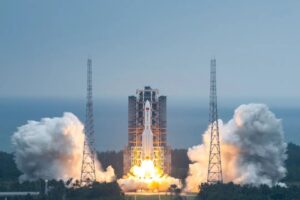
China’s state-owned and commercial space sector actors are planning a total of more than 70 launches across 2023 as the country's space activities continue to expand.
2023 Copernicus Sentinels calendar
Tuesday, 17 January 2023 12:20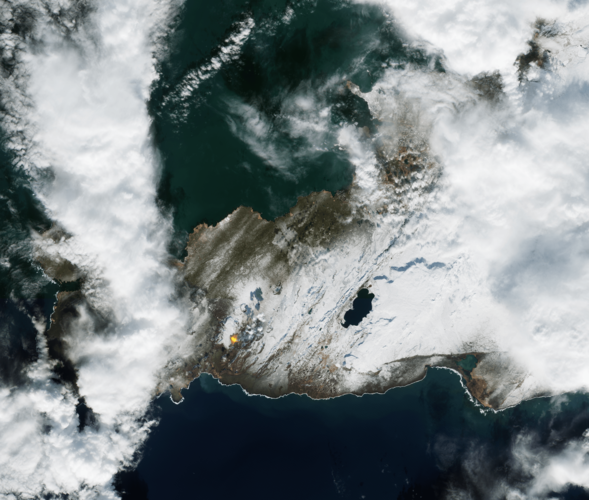
Download the 2023 Sentinels calendar
Sweden opens orbital launch site looking for users
Tuesday, 17 January 2023 12:10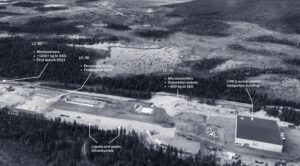
Swedish and European officials inaugurated what they called mainland Europe’s first orbital launch site Jan. 13, but it’s unclear who will launch from the facility and when.
The post Sweden opens orbital launch site looking for users appeared first on SpaceNews.
CesiumAstro acquires U.K. startup TXMission
Tuesday, 17 January 2023 11:30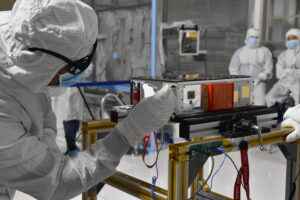
CesiumAstro, an Austin-based startup specializing in phased array technology, has acquired TXMission, a U.K. company that develops software-defined radios and modems.
The post CesiumAstro acquires U.K. startup TXMission appeared first on SpaceNews.
Northrop Grumman-built satellite to support US Space Force national security mission
Tuesday, 17 January 2023 07:27 Northrop Grumman Corporation's (NYSE: NOC) Long Duration Propulsive ESPA (LDPE)-3A spacecraft launched successfully in support of the USSF-67 mission. This spacecraft helps advance rapid access to space for the U.S. Space Force and marks the third successful launch in the LDPE program.
The LDPE-3A was built using Northrop Grumman's ESPAStar, providing rapid access to space by maximizing th
Northrop Grumman Corporation's (NYSE: NOC) Long Duration Propulsive ESPA (LDPE)-3A spacecraft launched successfully in support of the USSF-67 mission. This spacecraft helps advance rapid access to space for the U.S. Space Force and marks the third successful launch in the LDPE program.
The LDPE-3A was built using Northrop Grumman's ESPAStar, providing rapid access to space by maximizing th SEXBOMB being moved to Cornwall Space Port for hypersonic developments
Tuesday, 17 January 2023 07:27 Space Engine Systems Inc. (SES) is a Canadian based company that claims to be a trucking company to anywhere in space and mainly focussed on the Lunar Mission.
SES space planes use air breathing combined cycle engines to get to space. The rocket engines kick in only after a very high altitude. They have Hello-1 X demonstrator which is planned to be launched from the US this year (2023) sub
Space Engine Systems Inc. (SES) is a Canadian based company that claims to be a trucking company to anywhere in space and mainly focussed on the Lunar Mission.
SES space planes use air breathing combined cycle engines to get to space. The rocket engines kick in only after a very high altitude. They have Hello-1 X demonstrator which is planned to be launched from the US this year (2023) sub Runaway West Antarctic ice retreat can be slowed by climate-driven ocean temps
Tuesday, 17 January 2023 07:27 An international team of researchers has combined satellite imagery and climate and ocean records to obtain the most detailed understanding yet of how the West Antarctic Ice Sheet - which contains enough ice to raise global sea level by 3.3 metres - is responding to climate change.
The researchers, from the University of Cambridge, the University of Edinburgh and the University of Washingt
An international team of researchers has combined satellite imagery and climate and ocean records to obtain the most detailed understanding yet of how the West Antarctic Ice Sheet - which contains enough ice to raise global sea level by 3.3 metres - is responding to climate change.
The researchers, from the University of Cambridge, the University of Edinburgh and the University of Washingt New spin control method brings billion-qubit quantum chips closer
Tuesday, 17 January 2023 07:27 Australian engineers have discovered a new way of precisely controlling single electrons nestled in quantum dots that run logic gates. What's more, the new mechanism is less bulky and requires fewer parts, which could prove essential to making large-scale silicon quantum computers a reality.
The serendipitous discovery, made by engineers at the quantum computing start-up Diraq and UNSW Syd
Australian engineers have discovered a new way of precisely controlling single electrons nestled in quantum dots that run logic gates. What's more, the new mechanism is less bulky and requires fewer parts, which could prove essential to making large-scale silicon quantum computers a reality.
The serendipitous discovery, made by engineers at the quantum computing start-up Diraq and UNSW Syd Start ups grow diamond qubits
Tuesday, 17 January 2023 07:27 Qubits are the processing units of quantum computers. They can be created in various different ways. One option is the creation of solid-state spin qubits in materials such as diamonds, in which qubits get stuck in defects that are specifically inserted into the structure of diamond crystals. The German Aerospace Center has now awarded two contracts related to this activity as part of the DLR Qu
Qubits are the processing units of quantum computers. They can be created in various different ways. One option is the creation of solid-state spin qubits in materials such as diamonds, in which qubits get stuck in defects that are specifically inserted into the structure of diamond crystals. The German Aerospace Center has now awarded two contracts related to this activity as part of the DLR Qu ChatGPT bot 'for professional use' on the way
Tuesday, 17 January 2023 07:27 Hot startup OpenAI on Wednesday initiated a waitlist for a professional and paid version of its software ChatGPT, which has sparked debate about artificial intelligence and the future of work.
OpenAI co-founder Greg Brockman teased an upcoming version of ChatGPT "geared for professional use" as media reports swirled that Microsoft plans to invest $10 billion in the startup.
Microsoft, wh
Hot startup OpenAI on Wednesday initiated a waitlist for a professional and paid version of its software ChatGPT, which has sparked debate about artificial intelligence and the future of work.
OpenAI co-founder Greg Brockman teased an upcoming version of ChatGPT "geared for professional use" as media reports swirled that Microsoft plans to invest $10 billion in the startup.
Microsoft, wh 
